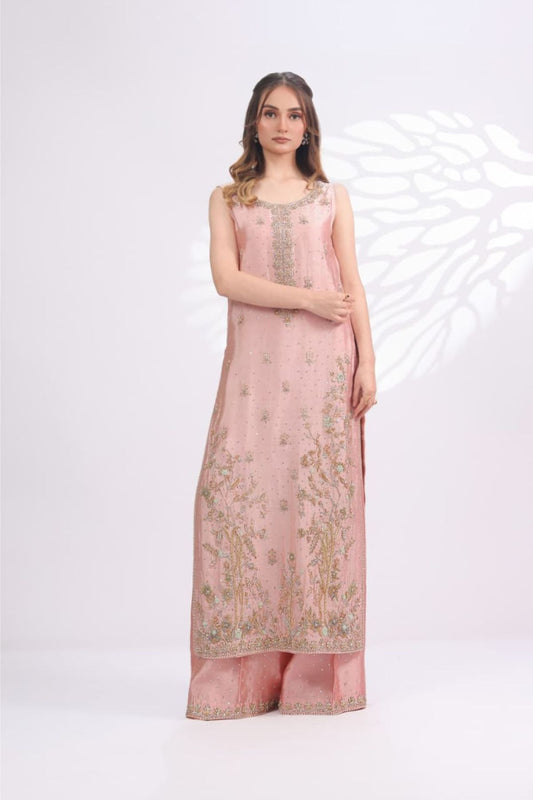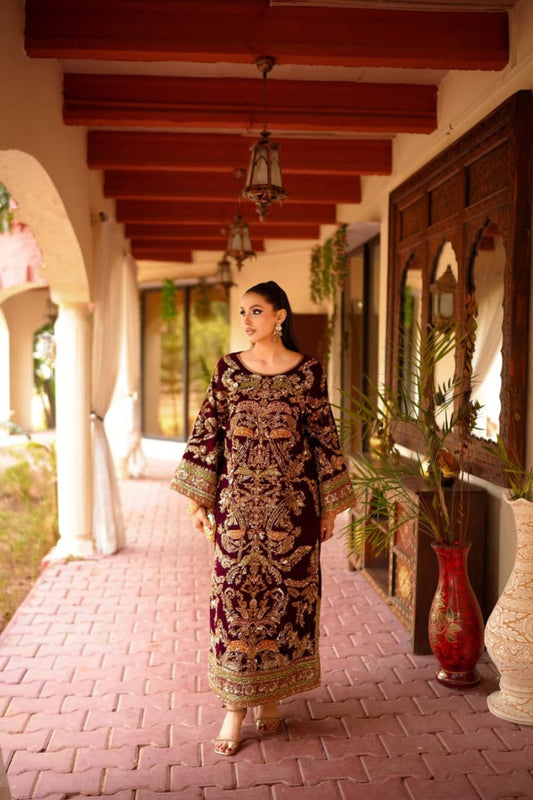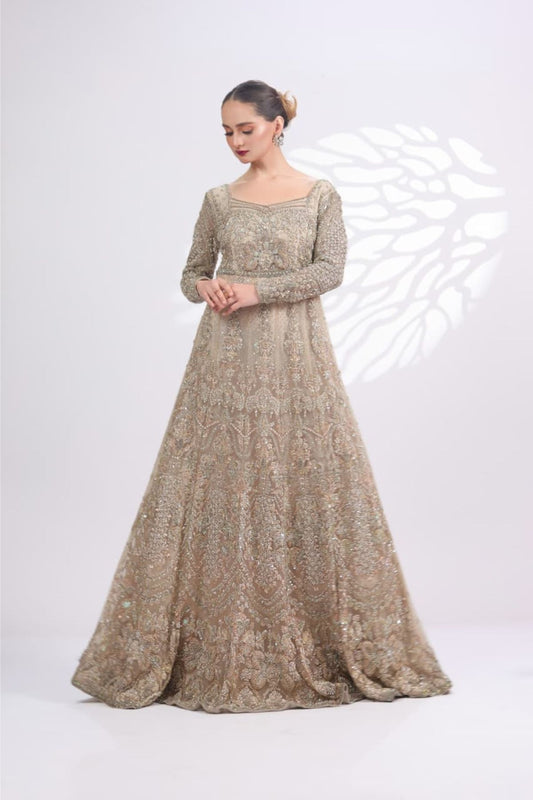Wardrobe Makeover Using What You Already Own
In a world where fast fashion dominates, transforming your wardrobe using what you already own offers a refreshing and sustainable alternative. A wardrobe makeover isn’t just about updating your style, it's about maximizing the potential of your existing clothes and accessories. This approach is budget-friendly, reduces clutter, and encourages a more organized living space.
More importantly, it allows you to express your creativity and embrace your unique style. Instead of constantly buying new items, you learn to appreciate and utilize what’s already in your closet. With the right mindset and guidance, revitalizing your wardrobe, whether for casual looks or simple party wear can be a rewarding and empowering experience. This article will walk you through the process, from assessing your current wardrobe to styling fresh outfits using what you already own.
Assessing Your Current Wardrobe

The first step in a successful wardrobe makeover is evaluating your existing clothing. Start by taking everything out of your closet and laying it out where you can see it.
Once your clothes are visible, categorize them into groups such as tops, bottoms, dresses, and outerwear, semi-formal and formal. This helps you see how many pieces you have in each category and spot any redundancies or gaps.
Next, assess each item for fit, condition, and how often you wear it. Ask yourself if each piece aligns with your current style and lifestyle. Set aside anything that no longer fits, feels outdated, or isn't worn often—for donation or repurposing. This process helps you declutter and make space for what truly matters.
How to Identify Key Pieces in Your Closet
Identifying key pieces in your wardrobe is essential for building a versatile and functional collection. These typically include classic, timeless items such as a well-fitting pair of jeans, a versatile blazer, and a little black fancy dress. To find them, look at the clothes you wear most often. These are the ones that are comfortable, flattering, and easy to style. Focus on neutral colors and classic cuts that don’t go out of fashion.
Once you’ve identified your key pieces, explore how they can pair with the rest of your wardrobe. Consider creating a capsule wardrobe: a small collection of essential items that mix and match to form multiple outfits. This simplifies your daily outfit decisions and ensures you always have something to wear.
Styling and Layering Ideas
Refreshing your wardrobe doesn’t require new purchases. Get creative with what you already have. Experiment by pairing unexpected pieces or layering clothes in new ways to discover fresh outfit combinations. Mixing textures and patterns, like a leather jacket with a floral dress or stripes with plaid, adds visual interest and style.
Playing with proportions, such as tucking in an oversized shirt or pairing a fitted top with a flowy skirt, creates flattering silhouettes and adds dimension to your look. Layering is especially effective: start with a base layer like a fitted shirt, add a cardigan or button-up shirt as a middle layer, then finish with a blazer or coat.
Try combining different textures and lengths, like a long cardigan over a short dress, to keep your outfits dynamic. The goal is to find combinations that reflect your style and flatter your shape.
Accessories That Transform Your Looks
Accessories are powerful tools in transforming your looks and adding a personal touch to your outfits. Invest in a few key accessories that complement your style and can be used across multiple outfits.
Consider incorporating statement jewelry, such as bold necklaces, earrings, or bracelets. These pieces can add a pop of color and draw attention to your outfit. Scarves are another versatile accessory that can be worn in various ways, from draping over your shoulders to tying around your neck or bag.
Shoes and bags also play a crucial role in completing your look. A pair of elegant heels can transform a casual outfit into something more formal, while a stylish handbag can add sophistication. Experiment with different styles and colors to find accessories that align with your wardrobe and reflect your personality.

Seasonal Wardrobe Adjustments Using What You Have
Transitioning your wardrobe between seasons doesn’t require a complete overhaul. With a few adjustments, you can utilize your existing pieces to fit different weather conditions.
For warmer seasons, focus on lighter fabrics like linen fabric shirts or cotton dresses. Swap heavier items for breathable alternatives and add light accessories such as hats or sunglasses for sun protection and style.
During colder months, incorporate heavier layers and cozy fabrics. Use base pieces like turtlenecks or long sleeves, layered with thicker sweaters or jackets. Don’t forget scarves, gloves, and hats to add warmth and style. Adjusting your wardrobe seasonally ensures you’re always prepared and fashionable.
Tips for Maintaining an Organized Closet
A tidy, well-organized closet lets you see all your options clearly and make smarter outfit style choices. Start by decluttering regularly and donating or repurposing items you no longer wear.
Consider organizing your clothes by category, color, or season. This makes it easier to find what you’re looking for and prevents your closet from becoming overwhelming. Use storage solutions like bins, shelves, and hangers to maximize space and keep everything neat.
Implement a one-in-one-out policy, where you donate or sell an item every time you purchase something new. This ensures you maintain a manageable wardrobe size and prevents clutter from building up. An organized closet not only saves time but also enhances your ability to style outfits effectively.
Conclusion
Transforming your closet using what you already own is a journey of self-discovery and creativity. It encourages you to embrace your unique style and express your personality through fashion. By focusing on what you have rather than what you lack, you cultivate a more sustainable and fulfilling approach to fashion.
This process not only refreshes your wardrobe but also boosts your confidence and sense of individuality. You gain a deeper understanding of your personal style and learn to appreciate the value of each piece in your collection.






